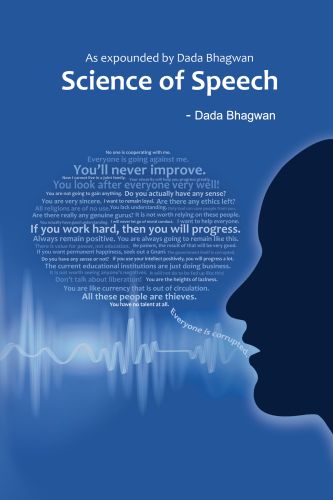Categories
- Antiques & Collectibles 13
- Architecture 36
- Art 48
- Bibles 22
- Biography & Autobiography 816
- Body, Mind & Spirit 145
- Business & Economics 28
- Children's Books 17
- Children's Fiction 14
- Computers 4
- Cooking 94
- Crafts & Hobbies 4
- Drama 346
- Education 58
- Family & Relationships 59
- Fiction 11834
- Foreign Language Study 3
- Games 19
- Gardening 17
- Health & Fitness 34
- History 1378
- House & Home 1
- Humor 147
- Juvenile Fiction 1873
- Juvenile Nonfiction 202
- Language Arts & Disciplines 89
- Law 16
- Literary Collections 686
- Literary Criticism 179
- Mathematics 13
- Medical 41
- Music 40
- Nature 179
- Non-Classifiable 1768
- Performing Arts 7
- Periodicals 1453
- Philosophy 66
- Photography 2
- Poetry 897
- Political Science 203
- Psychology 45
- Reference 154
- Religion 516
- Science 126
- Self-Help 85
- Social Science 82
- Sports & Recreation 34
- Study Aids 3
- Technology & Engineering 59
- Transportation 23
- Travel 463
- True Crime 29
Our website is made possible by displaying online advertisements to our visitors.
Please consider supporting us by disabling your ad blocker.
Taboo and Genetics A Study of the Biological, Sociological and Psychological Foundation of the Family
Categories:
Description:
Excerpt
CHAPTER I
THE PROBLEM DEFINEDSex, like all complicated phenomena, defies being crowded into a simple definition. In an animal or plant individual it is expressed by and linked with the ability to produce egg- or sperm-cells (ova or spermatozoa). Sexual reproduction is simply the chain of events following the union of the egg and sperm to produce a new individual. Looked at from another angle, it is that sort of reproduction which requires two differentiated individuals: the male, which produces spermatoza, and the female, which produces ova. In the case of very simple forms, it would be simply the union or conjugation of a male and a female individual and the reproductive process involved. Where there is no differentiation into male and female there is no sex.
An individual which produces both sperm-and egg-cells within its body is termed an hermaphrodite. Very few hermaphrodites exist among the vertebrates, although they may be found in one or two species (e.g., the hagfish). There are no truly hermaphroditic mammals, i.e., individuals in which both the male and the female germ cells function, except perhaps in rare instances.
Sexless or asexual reproduction assumes various forms. What is usually considered the most primitive of these is fission or simple division, in which the cell divides into two equal, identical parts. There is of course no suggestion of sex here. It is fairly safe to assume that life began thus in the world, as neuter or sexless—i.e., with no suggestion of either maleness or femaleness.
This asexual type of reproduction has been misinterpreted by a whole school of non-biological writers, who have followed the lead of Lester F. Ward, in his classification of these neuter-organisms as females. Ward says ("Pure Sociology," Ch. 14): "It does no violence to language or science to say that life begins with the female organism and is carried on a long distance by means of females alone. In all the different forms of asexual reproduction from fission to parthenogenesis, the female may in this sense be said to exist alone and perform all the functions of life including reproduction. In a word, life begins as female" (p. 313). Adding to this statement the assertion that the male developed at first as a mere parasite, in the actual, physical sense, Ward proceeds to build up his famous Gynæcocentric Theory, which is familiar to all students of social science, and need not be elaborated here. It is obvious that a thorough biological knowledge destroys the fundamental concept on which this theory is founded, for there is no doubt that life begins as neuter or sexless, and not as female.
There are a number of other forms of asexual reproduction, or the "vegetative type" (Abbott's term, which includes fission, budding, polysporogonia and simple spore formation)....












